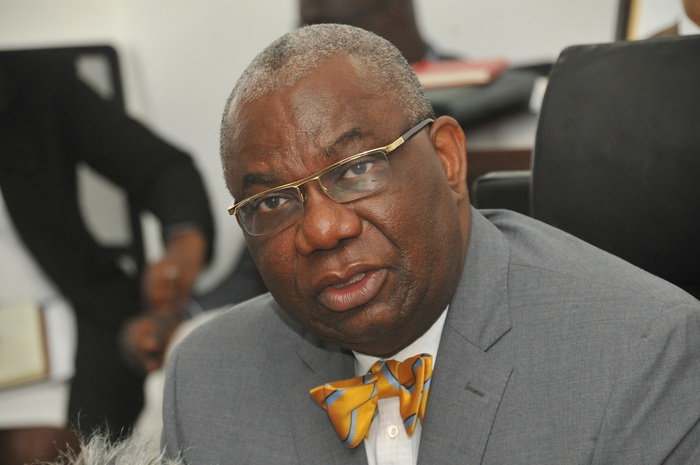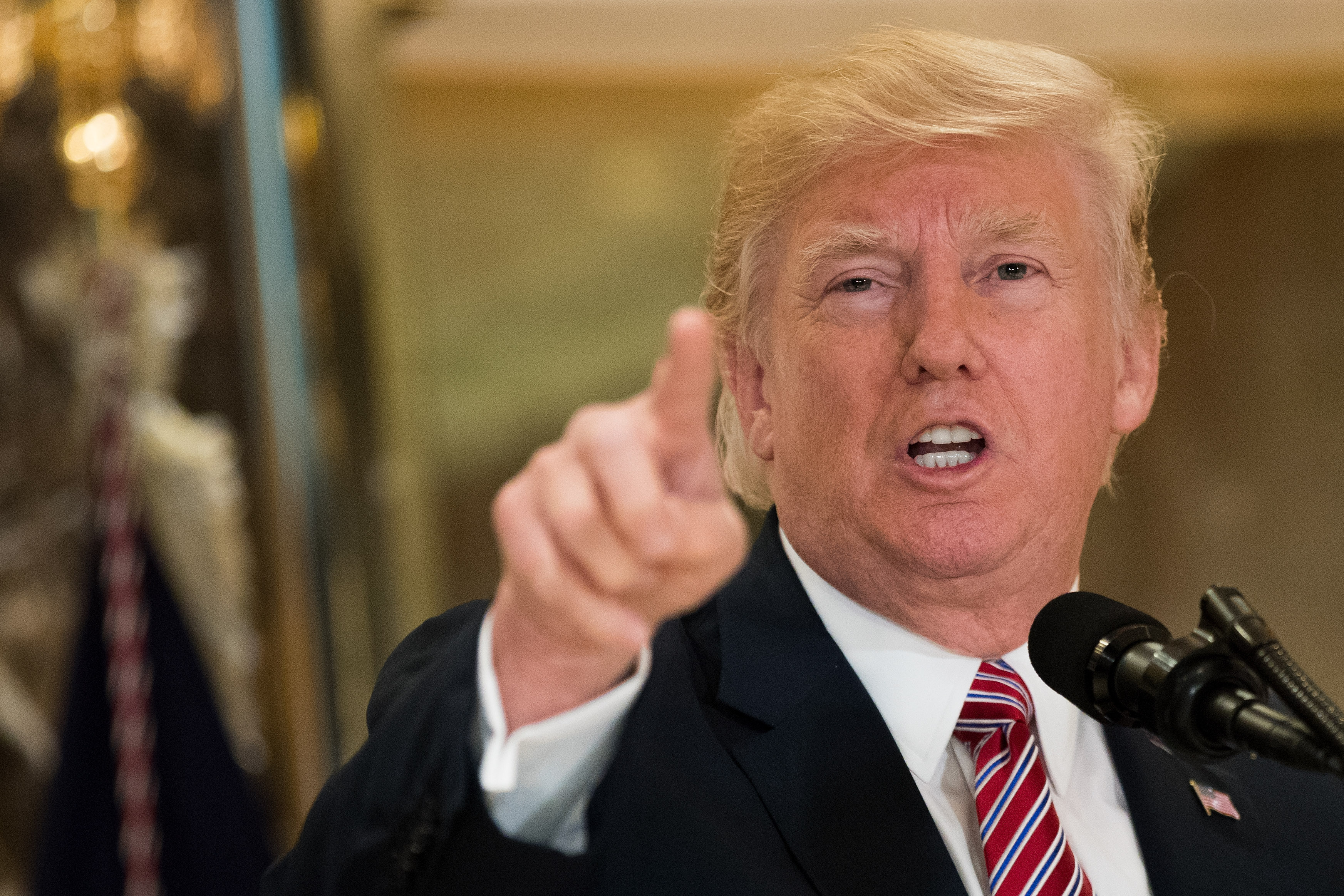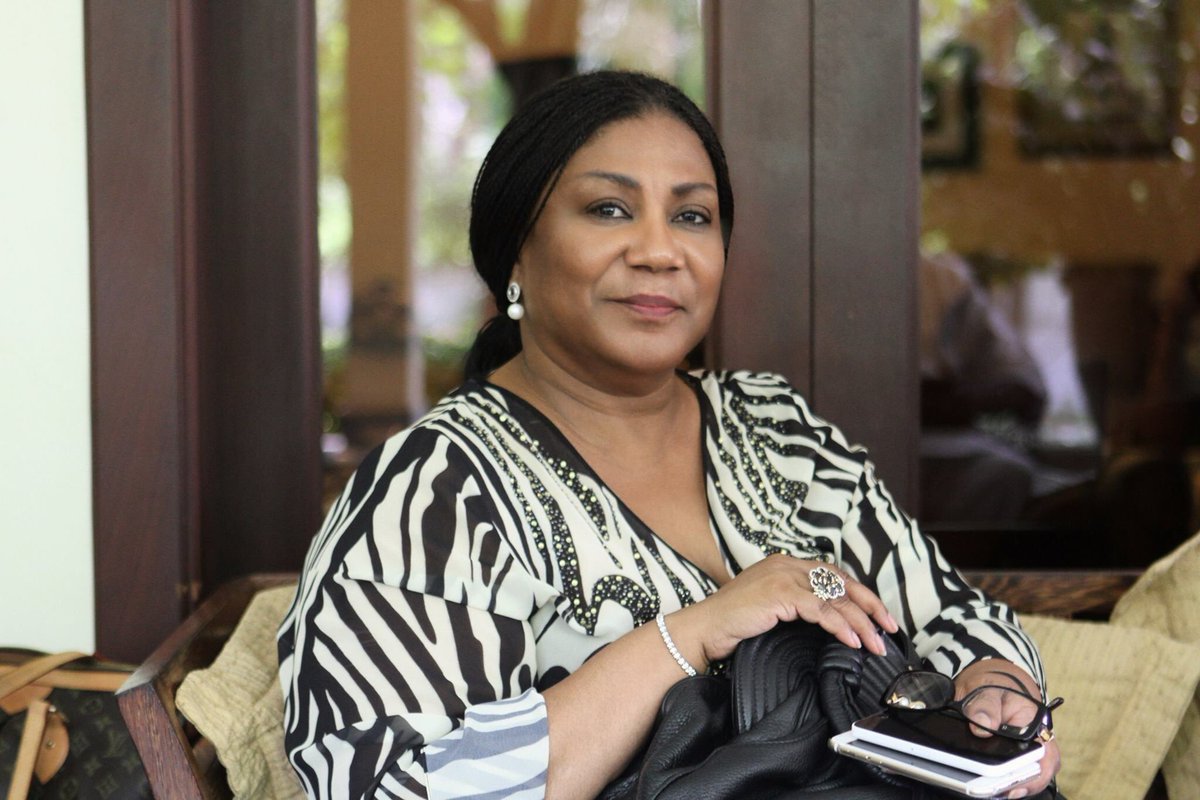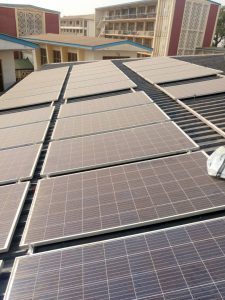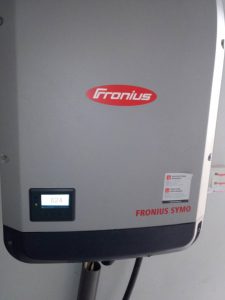Minister for Energy, Boakye Agyarko, is hopeful that 50 megawatts solar power to be added to Ghana’s national grid in 18 months within the next 18 months to augment the country’s energy delivery.
Speaking to B&FT after the signing of Memorandum of Understanding on renewable energy between the government and ENI Ghana, Mr. Agyarko said: “We are looking at an 18 months development and delivery timelines but it will all depend on a number of factors within their control; but, our expectation is that if all go on well within 18 months we should be able to start loading power from the solar systems through the same switchyard as Bui Power Authority’s Hydro onto the national grid.”
The Bui Power Authority, he said, has completed its switch yard to evacuate the full additional 250 megawatt to come online.
“What has not happened yet is ENI and Bui Power Authority sitting down and looking at the engineering of the solar portion and the development of the farm; that is something we have to leave to both sides to work out diligently. But within 18 months these engineering solutions and delivery are possible.”
Mr. Agyarko explained that government is playing a facilitating role with the construction of the solar system, since the project is entirely an ENI project.
“It is an ENI project; government is only facilitating the construction of the solar system where it will deliver power, it is just like any other independent power producer; it is not a cost to government,” he stressed.
Government has a target to have renewable energy constituting 10 percent of the country’s generation mix by 2020. There is also a plan to have government institutions supplementing their energy source with solar power.
Presently, less than 1% of electricity consumed locally is from renewable energy sources, a situation some players in the industry find worrying.
Parliament has already ratified a framework Agreement on the Establishment of the International Solar Alliance (ISA).
This means Ghana has already joined some 121 countries to access US$2 billion from the Indian government towards making renewable energy a reliable alternative to the more expensive sources of energy on the continent.
With this ratification, government hopes to expedite the integration of renewable energy in the sources for electricity among its institutions and agencies, including Junior and Senior High Schools.
Over the next five years, there would be significant increase of PV energy in the power mix for the country.
Signing the agreement, Luca Consentino, Executive Vice President ENI, Milan-Italy, assured government of the firm’s commitment to deliver world-class solar power to help augment the country’s energy.
ENI, an Italian international petroleum company, has been in Ghana since 2009. The government is in a US$7bn contract with the company to produce oil and gas at Cape Three Points.
Even though the company is involved in the exploration of oil and gas, Mr. Consentino indicated that his outfit is interested in renewable energy because “we believe that renewable energy is the future”.
For that reason, he said, it was collaborating with the government to realize its long-term strategy of integrating traditional businesses with renewable energy sources.

